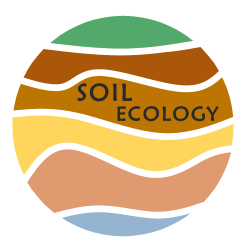| Mahnkopp, F; Simon, M; Lehndorff, E; Pätzold, S; Wrede, A; Winkelmann, T: Induction and diagnosis of apple replant disease (ARD): a matter of heterogeneous soil properties?, Scientia Horticulturae, 241, 167-177 (2018), doi:10.1016/j.scienta.2018.06.076 | |
| Abstract: Apple replant disease (ARD) occurs when apple or a closely related species are replanted at the same site leading to severe growth reduction and losses in fruit yield and quality. This complex disease phenomenon is a worldwide problem for tree nurseries and apple orchards. Its causes are not fully understood up to now and economically feasible and sustainable countermeasures do not exist. Research studies to unravel the etiology of ARD are in urgent need of sites differing in soil characteristics with a defined, comparable cropping history including appropriate control (healthy) plots. Thus, the first aim of this study was to induce ARD at three different sites with topsoils covering textures from sand, loamy sand to silt loam (Podzols to Luvisols). Grass plots served as controls. After eight years of repeatedly replanting the apple rootstock ‘Bittenfelder’, growth suppression was observed at the ARD plots on all three sites. Because until now no systematic correlation to soil parameters was approached, the second aim was to study the replant severity in the three different soils. Soil properties were investigated at different spatial scales. Significant differences occurred between sites in soil texture, pH, and C and N contents. Within plots, non-invasive soil sensing (EMI, gamma-spectrometry) helped to ensure homogeneous conditions and to exclude unexplained ARD effects due to small-scale soil heterogeneity. Soil from each site was submitted to a bio-test in which growth of in vitro propagated M26 plantlets in untreated and disinfected soil was compared to determine the ARD severity. Soil disinfection by gamma irradiation resulted in a significant increase in M26 shoot biomass, most pronounced in soil from ARD plots. Thus, on all soils, ARD was successfully induced with a negative correlation between ARD intensity and soil clay content, and a positive correlation with C/N ratio. |

